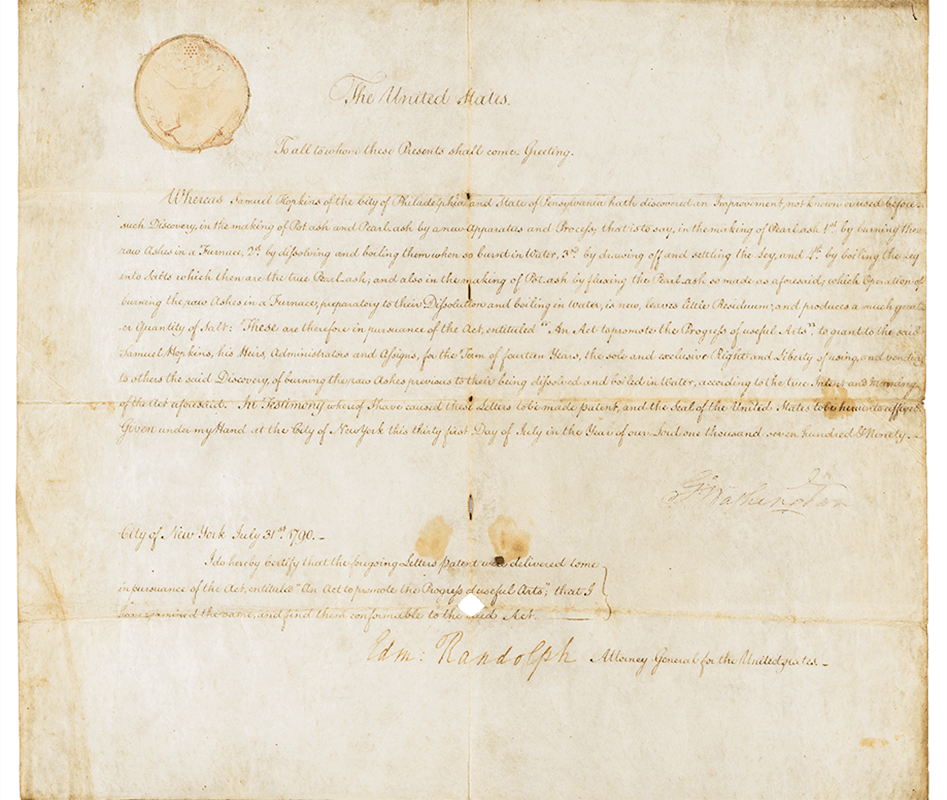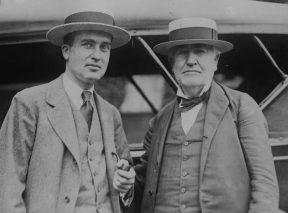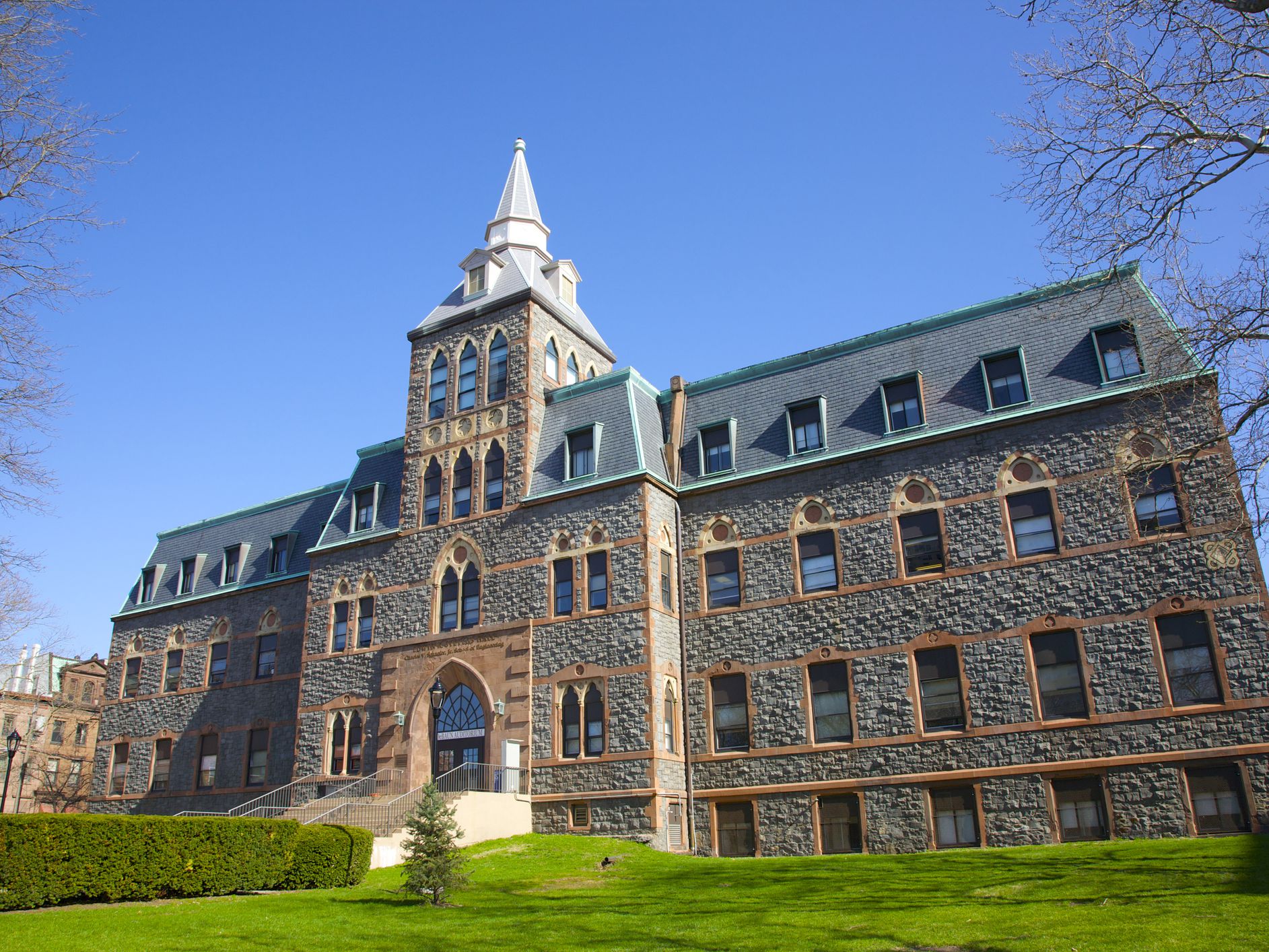2nd Feb 2022
Influencing Greatness
|
The founding fathers of our country saw the value in protecting inventor’s rights as stated in our Constitution, Article 1, Section 8, Clause 8: Congress shall have power to promote the progress of science and useful arts, by securing for limited times to authors and inventors the exclusive right to their respective writings and discoveries. The first official US patent was granted on July 31, 1790. Samuel Hopkins received the patent for a new process to make potash and pearl ash and signed by George Washington. The President signed every patent and throughout this presidency there were more than 150 patents. In July 1836, Congress signed a bill that updated the outdated patent system. The president no longer had to sign each patent and a unique numbering system was developed. In December 1836 a fire destroyed all the US Patent Office’s records. Patentees were asked to return their patents for copying to create a new official record. Only 3, 000 of the originals were returned. |
|
|
“The Patent System added the fuel of interest to the fire of genius.” - Abraham Lincoln The only president to hold a patent is Abraham Lincoln. On May 22, 1849, patent #6469-Manner of Buoying Vessels Over Shoals was granted. Sadly, his invention was never manufactured however, President Lincoln saw the importance of patents and the patent system. During the late 1850s as Lincoln traveled and lectured he often took time to praise patent law. Stay tuned for part 2 - How Family Can Influence Innovation |
|
|
|
Studies have shown economic and geographical factors give rise to future inventors and their innovations. However, one of the largest influences comes from having a family member, teacher, or mentor who is an inventor themselves. We all know Thomas Edison invented the electric light, more commonly known as the light bulb. As one of the most prolific inventors of all time, he was responsible for over 1000+ inventions and innovations. Edison, not above influence himself, gave the nicknames “Dot” and “Dash” to his first two children, Marion and Thomas, Jr. respectively, after being influenced by Samuel Morse and his patent for dot-dash telegraphy signals (Morse Code). However, it was his youngest son, Theodore, who followed in his father’s footsteps and, although he did not reach the same numbers as his father, was granted 80 US patents. “Invention breeds invention.” – Ralph Waldo Emerson |
|
Like Edison’s family, there were many family-inspired innovators that helped shape the world. One key family was the Stevens. John Stevens played a role in defining the foundation for our current patent system. Petitioning Congress in 1790 for a bill to protect American inventors saw the first American patent law passed in April of that same year. Stevens went on to claim his first patent in 1791 for a steam engine with an improved vertical boiler. One of John’s son, Robert Livingston Stevens was a U.S. engineer and ship designer who invented the widely used inverted-T railroad rail in 1830. His rail and roadbed became the standard for use in the United States at the time. |
|
|
Another son, Edwin, who was also an inventor, would go on to fund the Stevens Institute of Technology. This would become the first college in America solely dedicated to mechanical engineering. Think of the impact this college made on all the young entrepreneurs and inventors over the last 150 plus years. It has been over 231 years since that first U.S. patent granted. Over 11.2 million patents have granted in that time frame. Patents have built and furthered the growth of automobiles, electricity, telecommunications, computers, medicine, and so much more. Patents and inventions are key to the foundation of our country and its prosperity…and to the American dream. Who or what influences your innovation team? Tweet us @PatentAwards |
|




